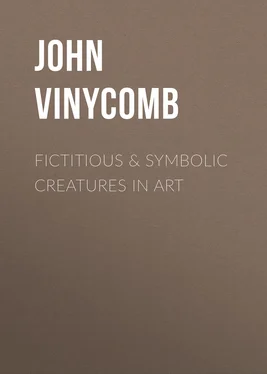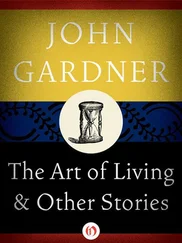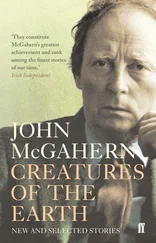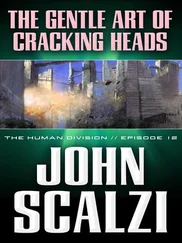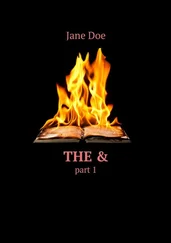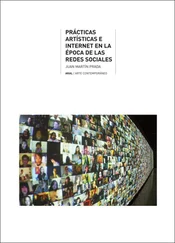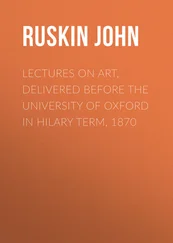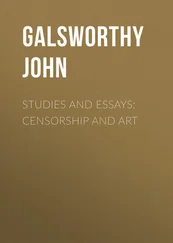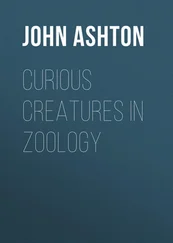John Vinycomb - Fictitious & Symbolic Creatures in Art
Здесь есть возможность читать онлайн «John Vinycomb - Fictitious & Symbolic Creatures in Art» — ознакомительный отрывок электронной книги совершенно бесплатно, а после прочтения отрывка купить полную версию. В некоторых случаях можно слушать аудио, скачать через торрент в формате fb2 и присутствует краткое содержание. Жанр: foreign_antique, foreign_home, visual_arts, на английском языке. Описание произведения, (предисловие) а так же отзывы посетителей доступны на портале библиотеки ЛибКат.
- Название:Fictitious & Symbolic Creatures in Art
- Автор:
- Жанр:
- Год:неизвестен
- ISBN:нет данных
- Рейтинг книги:3 / 5. Голосов: 1
-
Избранное:Добавить в избранное
- Отзывы:
-
Ваша оценка:
- 60
- 1
- 2
- 3
- 4
- 5
Fictitious & Symbolic Creatures in Art: краткое содержание, описание и аннотация
Предлагаем к чтению аннотацию, описание, краткое содержание или предисловие (зависит от того, что написал сам автор книги «Fictitious & Symbolic Creatures in Art»). Если вы не нашли необходимую информацию о книге — напишите в комментариях, мы постараемся отыскать её.
Fictitious & Symbolic Creatures in Art — читать онлайн ознакомительный отрывок
Ниже представлен текст книги, разбитый по страницам. Система сохранения места последней прочитанной страницы, позволяет с удобством читать онлайн бесплатно книгу «Fictitious & Symbolic Creatures in Art», без необходимости каждый раз заново искать на чём Вы остановились. Поставьте закладку, и сможете в любой момент перейти на страницу, на которой закончили чтение.
Интервал:
Закладка:
The Symbolism of Attitude or Position
It must be evident to every one who has given any thought to the subject that a definite idea is meant to be conveyed to the mind by the attitude in which an animal is depicted; and such figures are not mere arbitrary signs, like the letters of the alphabet, which of themselves convey no meaning whatever. “ A lion rampant ” is, as the term suggests, a lion in the act of fighting, rearing on his hind legs to meet his antagonist. He is therefore depicted with wildly tossed mane, staring eyes, and guly mouth; his muscular limbs and distended claws braced up for the combat betoken the energy and power of the noble brute. How different is the idea conveyed by the lion statant in the firm majesty of his pose, calmly looking before him; or couchant , fit emblem of restful vigilance and conscious power, prepared on the instant alike to attack or defend.
Should any reasons be needed to enforce the necessity of adhering strictly to the heraldic law in which attitude plays such an important part, it may be needful only to refer to one or two examples, and cite as an instance in point the noblest of all created beings, and ask whether, of the many acts in which imperious man himself may be heraldically portrayed, the action or position in which he is to be depicted should not indicate distinctly the idea that is to be associated with the representation? whether vauntingly, like the old kings,—
“with high exacting look
Sceptred and globed”
—attributes of his power,—or as a bishop or saint in the act of benediction,—kneeling in prayer as on mediæval seals,—the three savage men ambulant on the shield of Viscount Halifax,—or the dead men strewn over the field on the seal of the city of Lichfield—in each the primary idea is man , but how different the signification! It will therefore be understood that the particular action or posture, or any of the various forms in which real or imaginary creatures may be blazoned in heraldry, gives the keynote to its interpretation, which, in this respect, is nothing if not symbolic.
It will be seen that to interpret the meaning implied in any particular charge, the tinctures , as well as the attitude , must be considered. These, taken in combination with the qualities or attributes we associate with the creature represented, indicate in a threefold manner the complete idea or phase of meaning intended to be conveyed by the composition, and may be thus formulated:
(1) The Creature.—The primary idea in the symbol is in the particular being represented, whether real or fictitious, as a man , a lion , an eagle , a dragon , &c., of the form and accepted character for some particular quality or attribute of mind or body, as fierceness , valour , fleetness , &c.
(2) Attitude.—The various attitudes or positions in which it may be depicted in heraldry, each denoting some special meaning, as rampant , sejant , dormant , &c.
(3) Tincture.—Whether blazoned proper (that is, according to nature) or of some of the heraldic tinctures, as or (gold), gules (red), azure , vert , &c., each tincture, according to the old heralds, bearing a particular and special signification.
Tinctures in armorial devices were, however, not always introduced on these scientific principles or adopted from any symbolic meaning, but as arbitrary variations of colour for distinction merely, and as being in themselves equally honourable; colour alone in many instances serving to distinguish the arms of many families that would otherwise be the same. Hence the necessity for accuracy in blazoning.
Guillam lays down some general rules regarding the symbolic meaning by which all sorts of creatures borne in arms or ensigns are to be interpreted, and by which alone a consistent system can be regulated. “They must,” he says, “be interpreted in the best sense, that is, according to their most generous and noble qualities, and so to the greatest honour of their bearers.... The fox is full of wit, and withal given wholly to filching for his prey. If, then, this be the charge of an escutcheon, we must conceive the quality represented to be his wit and cunning, but not his pilfering and stealing;” and so of other beasts. Even in wild and ruthless animals and fictitious creatures, symbolic heraldry delights in setting forth their most commendable qualities, as fierceness and courage in overcoming enemies, though they may also possess most detestable qualities.
In like manner all sorts of peaceable or gentle-natured creatures must be set forth in their most noble and kindly action, each in its disposition and that which is most agreeable to nature, rather than of an opposite character. Heraldic art thus stamps a peculiar note of dignity for some particular respect in the emblematic figures it accepts, as for some special use, quality or action in the thing depicted; and this dignity or nobility may have a twofold relation, one betwixt creatures of divers kinds, as a lion or a stag , a wolf and a lamb ; the other between beings of one and the same kind, according to their various attitudes or positions in which they may be represented, as a stag courant or at speed , and a stag lodged or at bay ; a lion rampant and a lion coward —one will keep the field, the other seek safety in flight, just as one attitude conveys a different signification from another.
The Heraldic Spirit—Effective decorative Quality essential in Heraldry
It will be observable that in the hands of a capable designer imbued with the true heraldic spirit, all objects, animate and inanimate, conform after their kind to decorative necessities, and assume shapes more or less conventional, and, as far as is consistent with effective display of the charge, are made to accommodate themselves to the space they must occupy. Fierce and savage beasts are made to look full of energy and angry power, while gentle-natured creatures are made to retain their harmless traits. In a monster of the dragon tribe, strong leathern wings add to his terrors; his jaws are wide, his claws are strong and sharp; he is clothed in impenetrable armour of plates and scales, his breath is fire and flame, lightning darts from his eyes, he lashes his tail in fury; and all the while the artist is most careful so to spread the creature out on shield or banner that all his powers shall be displayed at once.
Whatever liberty the artist may take in his interpretation of the form of bird, beast, or monster, there is, however, a limit to his licence beyond which he may not go. He may not alter the recognised symbolic attitude, nor change the tincture; he is scarcely at liberty to add a feature. He may curl the mane of his lion, fancifully develop its tongue and tail, and display its claws in a manner for which there is little or no authority in nature; but if he add wings, or endow it with a plurality of heads or tails, it instantly becomes another creature and a totally different symbol. 2 2 The above notes on heraldic treatment are largely adapted from the admirable works on Decorative Art, by Louis F. Day.
A wise reticence in treatment is more to be commended than such fanciful extravagance.
The early artists and heralds, in their strivings to exaggerate in a conventional manner the characteristics of animals for their most effective display, appear to have reached the limits of which their art was capable, and important lessons may be gained from their works. With the extended knowledge of natural history, and the advanced state of art at the present day, decorative and symbolic heraldry should take a leading place in the twentieth century, as in the words of Ruskin, it has been “hitherto the most brilliant” and “most effective of the Arts.”
Читать дальшеИнтервал:
Закладка:
Похожие книги на «Fictitious & Symbolic Creatures in Art»
Представляем Вашему вниманию похожие книги на «Fictitious & Symbolic Creatures in Art» списком для выбора. Мы отобрали схожую по названию и смыслу литературу в надежде предоставить читателям больше вариантов отыскать новые, интересные, ещё непрочитанные произведения.
Обсуждение, отзывы о книге «Fictitious & Symbolic Creatures in Art» и просто собственные мнения читателей. Оставьте ваши комментарии, напишите, что Вы думаете о произведении, его смысле или главных героях. Укажите что конкретно понравилось, а что нет, и почему Вы так считаете.
